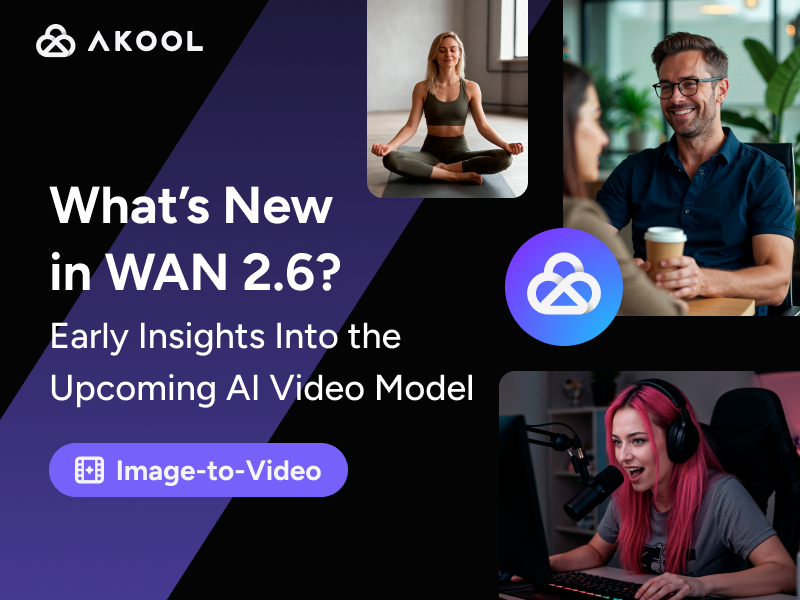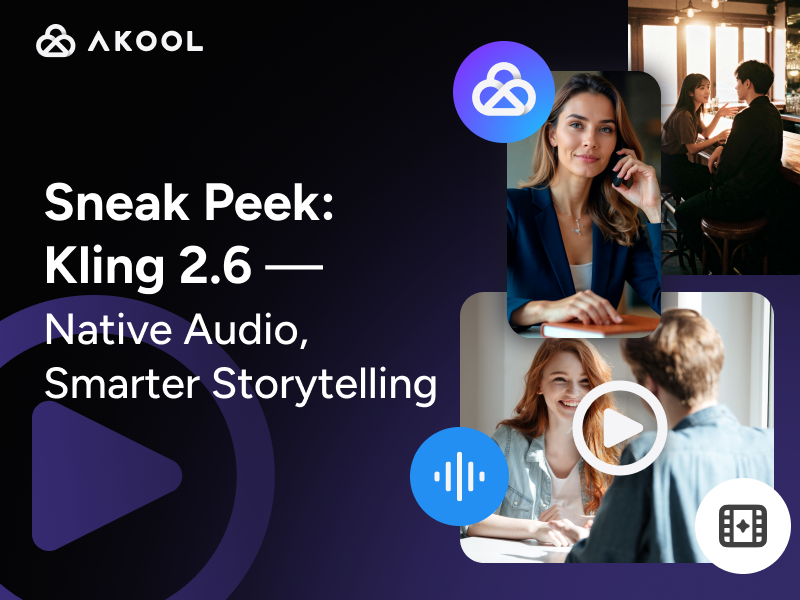Introduction to AI HR Software
AI HR software leverages artificial intelligence to streamline human resources tasks. It automates recruiting, onboarding, and employee management, enhancing efficiency. Key capabilities include AI Resume Screening, candidate matching, and performance analytics. By reducing manual work, AI HR tools allow creative agencies to focus on strategic talent development. A useful formula: AI HR Software = Automation + Data Analytics, ensuring better decision-making and improved workforce management.
How to Use AI HR Software
Navigating the world of AI HR software can seem daunting at first, but with a structured approach, creative agencies can harness its full potential. Here’s a guide to effectively utilizing AI for HR:
Understand the Core Functions:
- Recruitment: Automate resume screening and candidate matching.
- Employee Engagement: Analyze feedback to boost morale and culture.
- Performance Management: Use real-time insights for evaluations.
Steps to Implement AI HR Software:
- Identify Needs:
- Evaluate your agency’s HR challenges.
Determine which processes require automation or insights.
Choose the Right Tool:
- Match software capabilities with your identified needs.
Consider features like automation, data analytics, and integration with current systems.
Customize the System:
- Tailor the software settings to reflect your agency's workflows.
Set parameters for tasks like candidate screening and performance tracking.
Train Your Team:
- Provide training sessions for HR staff to familiarize them with the software.
Highlight essential features and how they can be used in daily tasks.
Monitor and Optimize:
- Regularly review software performance and outcomes.
- Adjust settings based on feedback and evolving agency needs.
Capabilities to Leverage:
- Predictive Analytics: Forecast trends like employee turnover.
- Automation Tools: Save time on repetitive tasks like scheduling.
- Integration: Ensure compatibility with existing HR systems for efficient data management.
By following these steps, creative agencies can efficiently integrate AI in Human Resources into their operations, leading to enhanced productivity and strategic workforce management.
Applications of AI HR Software
AI HR software is revolutionizing the human resources landscape, especially in creative industries. Here are some key applications:
Recruitment Automation: Tools like HireVue use AI to screen resumes and conduct initial interviews, saving time and reducing bias.
Employee Engagement: Platforms such as CultureAmp leverage AI to analyze employee feedback and improve workplace culture.
Performance Management: Lattice uses AI to provide real-time performance insights, helping managers make data-driven decisions.
Onboarding: AI-driven systems like Talmundo streamline onboarding by automating paperwork and training processes.
Predictive Analytics: Tools like Visier use AI to forecast turnover rates and identify high-potential employees.
These applications help creative agencies enhance efficiency, improve employee satisfaction, and make informed HR decisions.
Key Applications and Their Benefits
| Application | Benefit |
|---|---|
| Recruitment Automation | Saves time and reduces bias |
| Employee Engagement | Enhances workplace culture |
| Performance Management | Facilitates data-driven decision-making |
| Onboarding | Automates paperwork and training processes |
| Predictive Analytics | Forecasts turnover rates and identifies talent |
Technical Insights into AI HR Software
AI HR software integrates machine learning algorithms and natural language processing (NLP) to enhance HR functionalities. Here's a closer look at its technical components:
Machine Learning Algorithms: These algorithms analyze large datasets to identify patterns and predict trends in employee behavior. For instance, machine learning can determine the likelihood of a candidate succeeding in a role based on historical data.
Natural Language Processing (NLP): NLP is used to comprehend and interpret human language, facilitating the automated AI Recruiting Tools for resumes and cover letters by extracting relevant skills and experiences.
Data Analytics: Advanced analytics provide actionable insights from HR data. Predictive analytics, a subset, forecasts future trends, such as employee attrition or engagement levels, allowing for proactive HR strategies.
Automation Tools: Automation in AI HR software handles repetitive tasks, such as scheduling interviews or sending onboarding materials, freeing up HR professionals for more strategic activities.
Integration Capabilities: AI HR tools often integrate with existing HR Information Systems (HRIS) to enhance their functionality, ensuring seamless data flow and comprehensive workforce management.
This technical framework empowers HR departments to transition from traditional processes to data-driven, efficient operations.
Technical Components and Their Functions
| Component | Function |
|---|---|
| Machine Learning | Analyzes data to predict employee trends |
| Natural Language Processing (NLP) | Automates resume screening |
| Data Analytics | Provides insights and forecasts HR trends |
| Automation Tools | Streamlines repetitive HR tasks |
| Integration Capabilities | Enhances system functionality and data flow |
Key Statistics on AI HR Software
AI HR software is rapidly transforming the landscape of human resource management. Here are some notable statistics that underline its growing impact and utility:
- Adoption Rate: As of 2023, approximately 47% of organizations have implemented AI-based HR tools in some capacity.
Why it's useful: This high adoption rate indicates a significant shift towards digital solutions in HR, highlighting the importance of AI in streamlining HR processes and improving efficiency. Companies are increasingly recognizing the potential of AI to reduce manual workload and enhance decision-making capabilities.
Efficiency Improvement: Organizations utilizing AI HR software reported an average of 35% reduction in time spent on administrative tasks.
Why it's useful: Time savings translate directly into cost savings and productivity gains. By automating routine tasks such as payroll processing, recruitment, and employee onboarding, companies can allocate more resources to strategic initiatives, thus driving overall business growth.
Accuracy in Recruitment: AI tools have improved the accuracy of candidate screening by up to 30%, according to recent studies.
Why it's useful: Enhanced screening accuracy reduces the likelihood of hiring mismatches, thus decreasing turnover rates and associated costs. This ensures that only the most suitable candidates progress through the hiring funnel, optimizing the recruitment process.
Employee Retention: Companies using AI to analyze employee engagement data have seen a 20% increase in retention rates.
- Why it's useful: Retaining talent is a critical challenge for HR departments. By utilizing AI to gather and analyze feedback, organizations can proactively address employee concerns and improve workplace satisfaction, leading to higher retention.
These statistics underscore the transformative power of HR AI Tools in enhancing operational efficiency, improving recruitment processes, and fostering a more engaged workforce. As AI technology continues to evolve, its role in HR is expected to expand further, offering even more sophisticated tools for managing human resources effectively.
Frequently Asked Questions About AI HR Software
What is AI HR software and how does it benefit my organization?
AI HR software leverages artificial intelligence to streamline and optimize human resource processes. It benefits organizations by enhancing recruitment efficiency, improving employee engagement, and providing data-driven insights for better decision-making.
How does AI HR software improve recruitment and talent acquisition?
AI HR software uses machine learning algorithms to analyze resumes, assess candidate fit, and automate repetitive tasks, significantly speeding up the recruitment process and ensuring the selection of high-quality candidates.
Can AI HR tools help with employee retention and engagement?
Yes, AI HR tools can analyze employee data to identify patterns and trends related to job satisfaction and turnover. They provide insights that help HR teams develop strategies to boost employee engagement and retention.
Is AI HR software secure and compliant with data privacy regulations?
Most AI HR software solutions prioritize data security and comply with regulations such as GDPR and CCPA. It's essential to choose a provider that offers robust security measures and adheres to relevant compliance standards.
How does AI HR software enhance performance management?
AI HR software enhances performance management by providing real-time feedback, tracking employee progress, and offering personalized development plans. This leads to more effective performance reviews and talent development.
What role does AI play in employee training and development?
AI can personalize learning experiences by recommending tailored training programs based on individual employee needs and career goals, thus enhancing the effectiveness of employee development initiatives.
How can AI HR software assist with workforce planning and analytics?
AI HR software provides predictive analytics that help in workforce planning by forecasting future hiring needs, identifying skill gaps, and optimizing workforce allocation to meet organizational goals.
Is AI HR software scalable for businesses of different sizes?
Yes, AI HR software is designed to be scalable, catering to the needs of small businesses as well as large enterprises. It can be customized to fit the specific requirements and growth stages of any organization.




